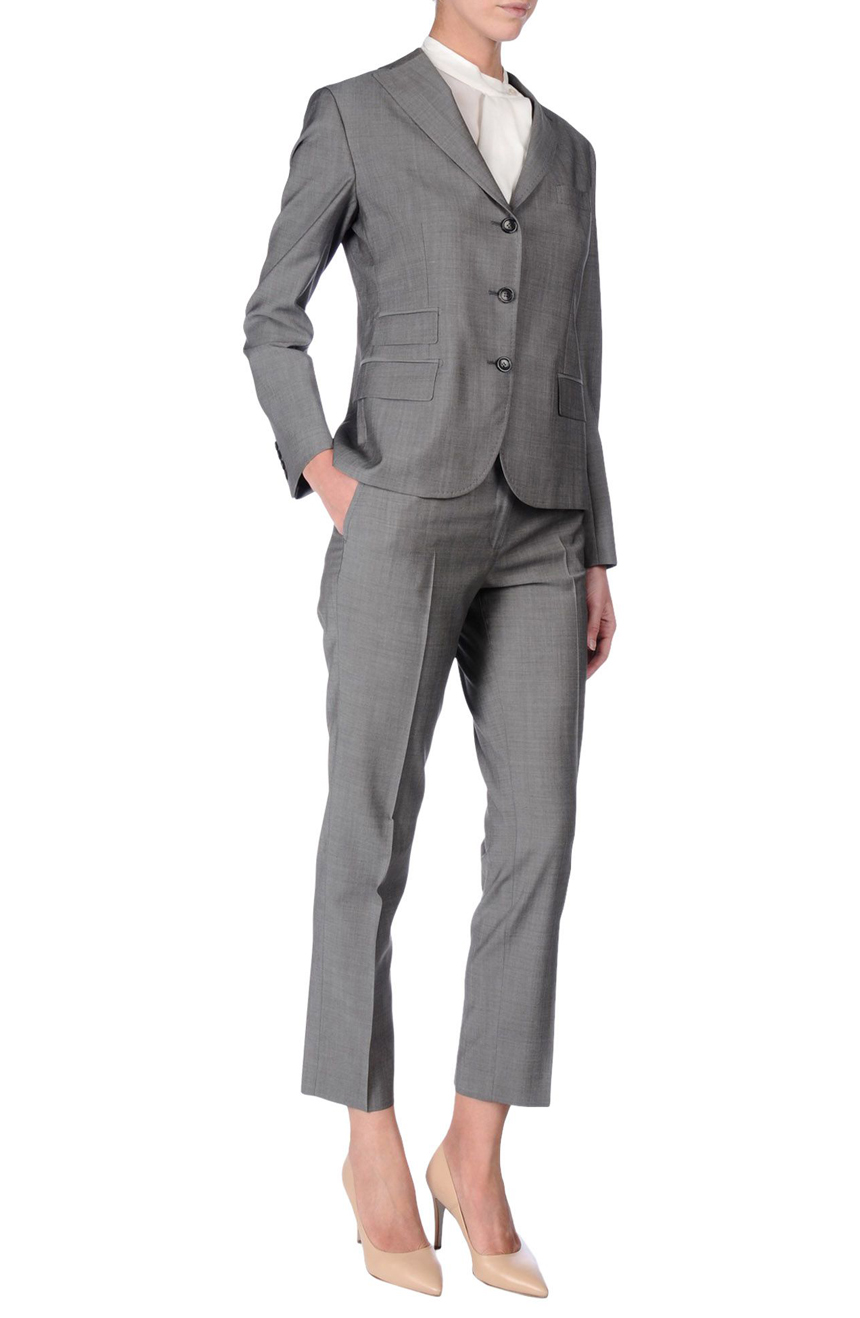Understanding the Tailoring Process: From Material Choice to Last Suitable for the Suitable Wardrobe
The tailoring process is an intricate interplay of art and science, starting with the critical choice of fabric choice and finishing in the precise adjustments of last fittings. Each textile type brings special qualities that affect not only the aesthetic charm yet likewise the garment's durability and viability for numerous occasions.
Relevance of Material Choice
Choosing the right textile is critical in the tailoring process, as it straight influences the comfort, sturdiness, and overall visual of the final garment. The option of fabric establishes the structure for the garment's efficiency, capability, and style. Different fabrics possess unique buildings, such as breathability, stretch, and weight, which can substantially influence exactly how the garment drapes and fits the body.

A customized item made from a suitable fabric not just showcases workmanship yet additionally elevates the user's self-confidence. Comprehending the subtleties of fabric option is vital for any kind of tailoring endeavor. It ensures that the end product not only satisfies the visual desires of the client yet also straightens with useful demands, consequently accomplishing an unified balance in between form and function in the customized closet.
Kinds of Fabrics and Their Uses
Understanding the different sorts of textiles offered is essential for making informed decisions throughout the customizing procedure. Each material possesses one-of-a-kind attributes that dictate its viability for certain garments and celebrations.
Cotton, known for its breathability and soft qualities, is excellent for casual wear and summertime clothing. Its convenience allows it to be customized into every little thing from t-shirts to gowns. Woollen, on the other hand, is preferred for its warmth and framework, making it an outstanding selection for official matches and outerwear. Its natural elasticity assists garments maintain shape in time.
Silk shows high-end and is lightweight, making it best for eveningwear and delicate blouses; however, it requires cautious handling because of its fragility. Bed linen, with its distinctive finish, is a preferred choice for warm climates, providing a crisp and airy feel, however it wrinkles conveniently, which may affect the garment's look.
Synthetic textiles, such as polyester and nylon, deal longevity and resistance to wrinkles, making them appropriate for everyday wear and active clothes. Comprehending these textile kinds and their buildings permits far better decision-making, making sure that each customized item not just fits well but additionally lines up with the desired objective and occasion.
The Tailoring Methods Discussed
The art of tailoring relies upon a variety of methods that change fabric into well-fitted garments. Central to this procedure is pattern preparing, where a tailor produces layouts based on the customer's dimensions and desired style. This first step makes certain that the garment will fit the user correctly before any type of discover here reducing takes place.
As soon as patterns are developed, reducing strategies enter play. Accuracy is vital as errors can lead to misfitting garments. Tailors frequently use different cutting methods, such as single-layer reducing for complex designs and multiple-layer cutting for performance on basic patterns.
Basting is an additional necessary strategy, allowing tailors to momentarily sew fabric items with each other for an initial fitting (custom suits perth). This approach uses the opportunity to examine the drape and total silhouette before last sewing
Seaming techniques, consisting of flat-felled seams and French seams, boost the garment's sturdiness and aesthetic charm. Tailors additionally utilize strategies such as interfacing and padding to offer structure and form to particular areas, like collars and shoulders.
Finally, finishing techniques, including hemming and side completing, ensure the garment's longevity while supplying a sleek look. With each other, these techniques form the backbone of efficient customizing, resulting in exquisite, custom-fit garments.

Suitable Changes and Factors To Consider
After the preliminary customizing techniques have actually been used and the garment is built, fitting changes become critical to achieving the excellent fit. These modifications resolve different elements of the garment, ensuring it contours to the wearer's physique and boosts total appearance.

The increase of trousers is one more critical element; it needs to rest conveniently over the hips without causing pain, enabling for ease of movement. Hemming sizes for both trousers and skirts must reflect the user's recommended design while appreciating percentages.
Furthermore, focus must be offered to the back of the garment, making certain that there are no unattractive pulls or excess fabric - tailor tuxedos perth. Each adjustment must be diligently considered, as also minor modifications can substantially impact the general fit and visual of the tailored piece, eventually bring about a wardrobe that emanates self-confidence and class
Maintaining Your Tailored Garments
Correct upkeep of customized garments is necessary to maintaining their fit and look in time. To ensure long life, normal cleansing is paramount. Always comply with the treatment tag instructions, which may advise dry cleansing for delicate textiles or maker washing for more resilient materials. Avoid frequent laundering, as this can put on down the material and alter the garment's shape.
Storage is similarly crucial; use padded hangers for jackets and layers to maintain shoulder tailor tuxedos perth framework, and store pants folded up neatly or hung to stop creasing. Secure garments from straight sunshine, which can discolor colors and damages fibers.
Furthermore, periodic evaluations for minor repairs can stop bigger concerns. Look for loosened switches, tearing joints, or signs of moth damage, resolving these issues promptly to maintain the garment's honesty.
Lastly, consider seasonal rotation. Wearing tailored pieces in moderation enables textiles to recover, extending their life expectancy. By carrying out these upkeep methods, you can make sure that your customized garments stay as beautiful as the day you first wore them, boosting your perfect wardrobe for several years to find.
Verdict
The customizing process, encompassing textile choice, knowledgeable methods, and exact suitable modifications, plays an essential function in creating garments that boost both comfort and design. Recognizing the value of upkeep prolongs the life of customized garments, solidifying their worth in a well-curated closet.